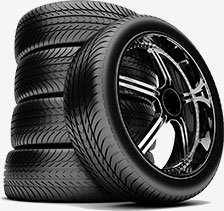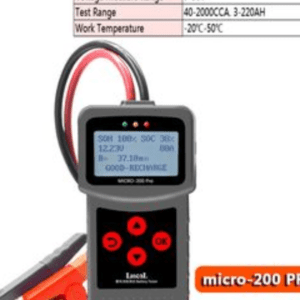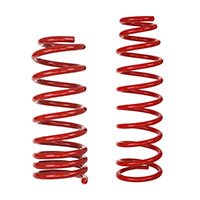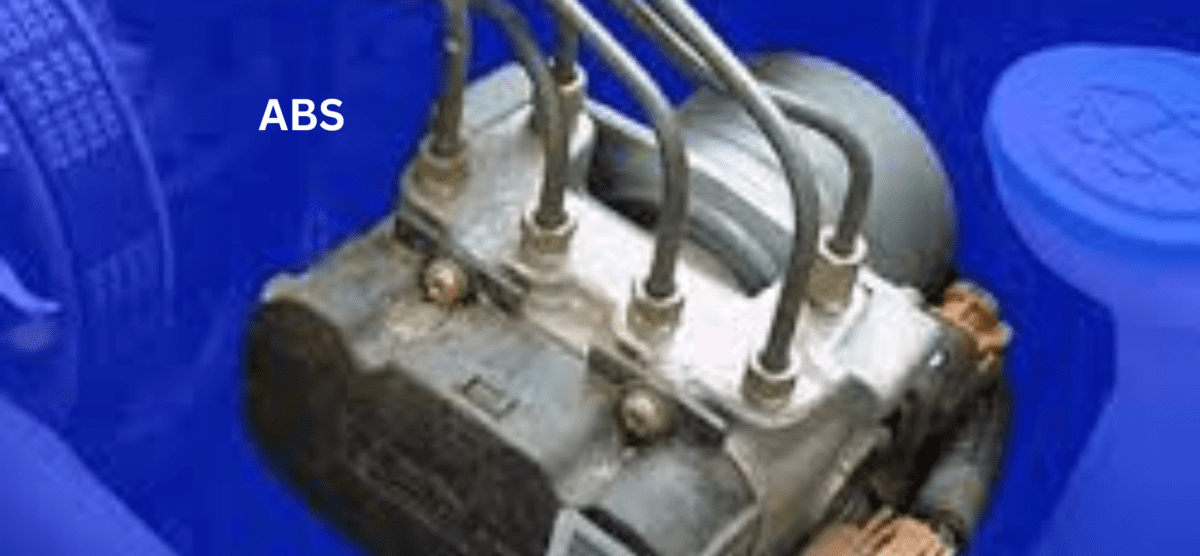What is ABS in a car and how does it work
What is ABS in a car and how does it work
What is ABS in a car and how does it work
We all know that driving on expressway can be fun and thrill-inducing, as we get to unleash our car’s potential. As we hit the highway, there’s no looking back because the city road keeps us grounded. And we’ll never want to see our car going below 100 km/hr.
Driving your car at high speeds is a perfect recipe for a disaster if the roads are slick. So what will you do when on a slippery road that you have to suddenly apply your car brakes? This means, without an anti-lock brake system (ABS), your car wheels will stop spinning and the car will begin to skid. Then you’ll completely lose control over the car and the results can be deadly.
No matter how experienced you are, unexpected trouble sometimes can get in the way. This means in an attempt to avoid imminent collision or danger on the road ahead, you may find yourself jumping on the brake.
However, this is where the anti-lock braking system (ABS) comes in. ABS prevents the wheels from locking up and helps them maintain grip while on the road.
What Is ABS In Cars And How Does It Work?
ABS is a safety system in cars that keeps the wheels from locking up and helps drivers to maintain steering control. It is referred to as an anti-skid braking system (ABS) sometimes. It allows the wheels of any vehicle to maintain tractive contact with the ground to avoid an uncontrolled skid.
Meaning with ABS, you’ll have more control over your car during situations such as sudden braking.
What is ABS in a car and how does it work
The ABS is part of an overall stability system which is commonly known as electronic stability control. Its responsibility is to monitors wheels’ under heavy braking. This means that each wheel has a sensor attached to it.
This means that once the intelligent sensors detect that a wheel is about to lock up and stop moving, the system will release the brake. And the ABS then continuously and repeatedly applies optimum braking pressure to each of the wheels, meaning the system will brake just enough to not lock the wheels.
So whenever the ABS is active, you may feel a pulsation through the brake pedal as you’re pressing it. This helps the driver to remain in control of the vehicle rather than bringing the car to a stop.
ABS reduces the risk of skidding even when undertaking excessive evasive maneuvers. But it’s important you remember that the car’s braking distance may increase.
So How Effective Is It?
Some older car models come without ABS, and some people do prefer not to have it. However, its effective safety feature are as follows:
- The ABS decreases the chance of frontal collision on wet and dry roads.
- A car with ABS rarely stray from the road ahead.
Though it’s worth keeping in mind that the ABS works best on solid stable surfaces. This means that your experience on ice, snow, or gravel can be different.
The ABS has four major components are:
- Speed Sensor
The speed sensor monitors the speed of each wheel and determines the necessary acceleration and deceleration of the wheels. The speed sensor consists of an exciter (a ring with V-shaped teeth) and a wire coil/magnet assembly. These generate the pulses of electricity as the teeth of the exciter passes in front of it.
- The Valves
Note that the valves regulate the air pressure to the brakes during the ABS action. While in the second position, the brake valve remains closed and the pressure from the master cylinder to the brakes is constrained. And in the third position, the valve releases some of the pressure on the brakes.
- The Electronic Control Unit (ECU)
Note that the ECU is an electronic control unit that receives, amplifies, and filters the sensor signals which calculates the wheel rotational speed and acceleration.
- The Hydraulic Control Unit
This Hydraulic Control Unit receives signals from the ECU to apply or release the brakes under the anti-lock conditions. Note that the Hydraulic Control Unit controls the brakes by increasing the hydraulic pressure or bypassing the pedal force to reduce the braking power. https://kctimoauto.com/product/front-asimco-break-pad-for-camry-2007-2010/
https://kctimoauto.com/product/front-asimco-break-pad-for-camry-2007-2010/
THE ADVANTAGES OF ABS
- Truly, even inexperienced drivers can apply the maximum braking power
- While on mixed surfaces where one or two wheels would lock far earlier than the other wheels, this allows for the braking to be distributed for the best effect.
- The overall stopping distances are shortened
- The steering ability is retained while braking
Also, some countries are moving to make ABS mandatory on motorbikes too.
THE DISADVANTAGES OF ABS
- The ABS is another system that can go wrong and adds weight in a vehicle.
- The ABS doesn’t work that effectively on very loose gravel, ice or deep snow.
Conclusion on what is ABS in a car and how does it work
Please if you drive an older car, or your car develops a fault and ABS stops working, you can try simulating the system by applying the brake and release it repeatedly.
Remember, no driver can brake as fast and as cadence as the system but it will still help you remain in control.





















